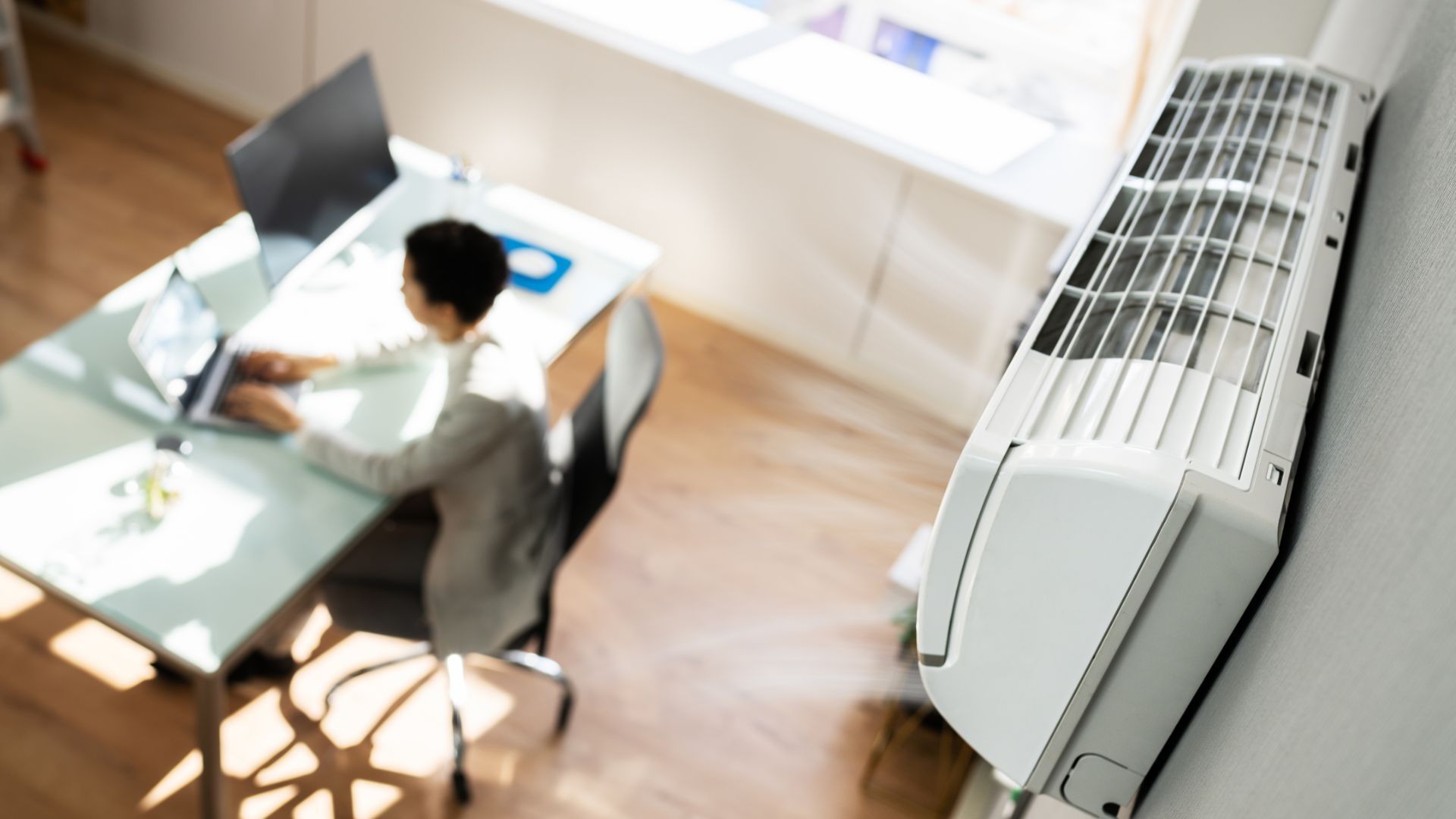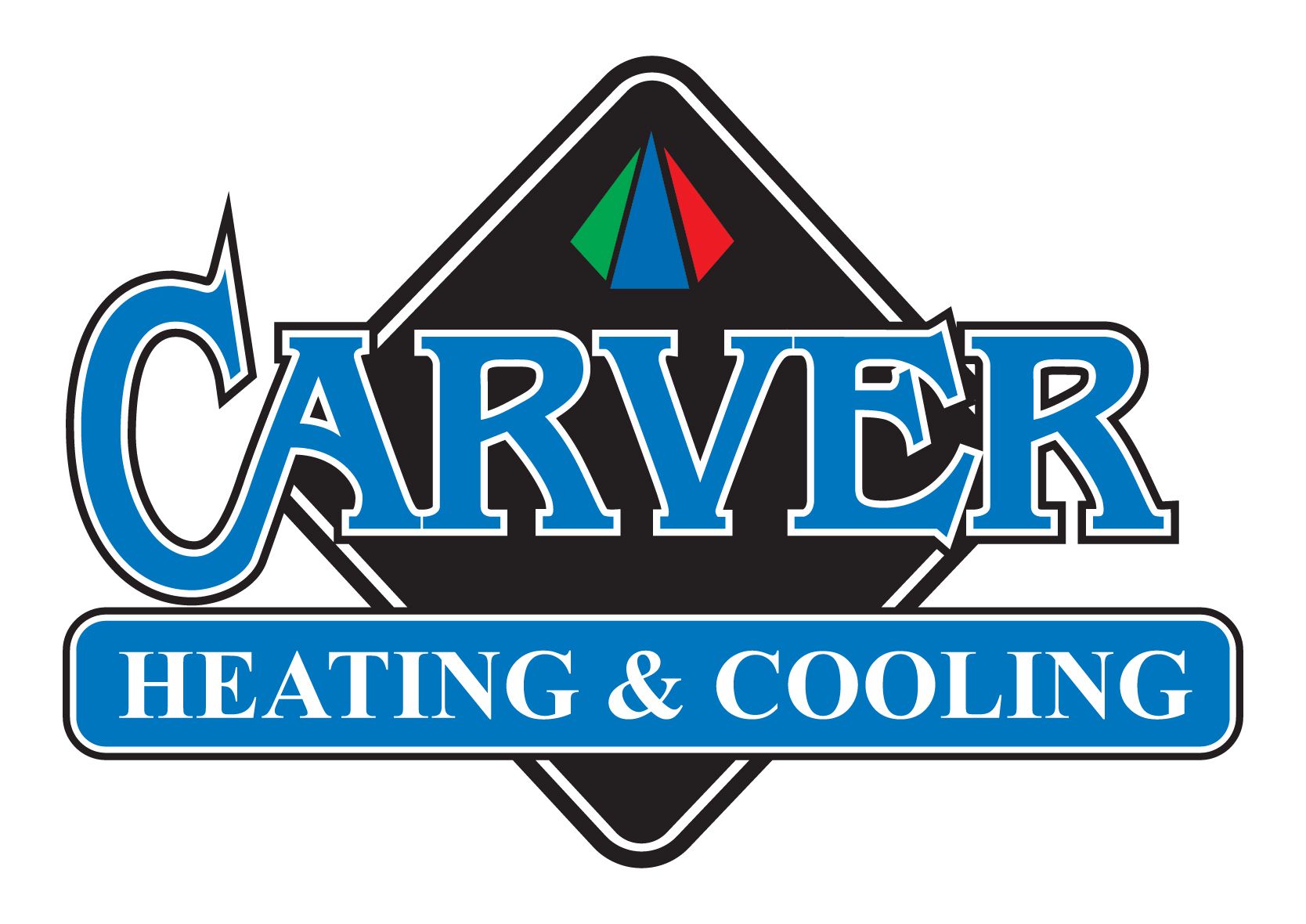Types of Air Conditioning: What's Right for Your Home or Business?
Types of Air Conditioning: What's Right for Your Home or Business?

Air conditioning is a crucial aspect of modern living, providing a comfortable and cool environment in homes and businesses. There are several types of air conditioning units available, each with its own set of characteristics and suitability for different locations and budgets. In this article, we will explore the different types of air conditioning units and their pros and cons to help you decide when choosing the best unit for your needs.
Central Air Conditioning
Central air conditioning is popular for cooling large spaces like homes and offices. It works by using an outdoor unit that houses the compressor and condenser and an indoor unit that has the evaporator and air handler. The indoor unit is connected to the outdoor unit through ducts, which distribute the cooled air throughout the space.
One of the main benefits of central air conditioning is that it can effectively and evenly cool large areas. It is also relatively quiet because the outdoor unit is located outside the building. However, central air conditioning can be expensive due to the initial investment and professional installation required.
It is also unsuitable for small or irregularly shaped spaces since it needs a network of ducts to function properly.
Window Units
Window units are a simple and affordable option for cooling small spaces, such as a single room or an apartment. They are mounted on a window or an opening in a wall and consist of a single unit that includes the compressor, condenser, and evaporator. Window units are easy to install and can be removed when not in use, making them a suitable choice for renters.
However, window units can be noisy and may not be as effective at cooling larger spaces. They also block a part of the window, which can be an issue if you want to maintain a view or natural light.
Portable Air Conditioners
Portable air conditioners are a flexible option that can be moved from one room to another. They consist of a single unit with wheels that can be easily transported and are suitable for cooling small to medium-sized spaces.
Portable air conditioners are easy to install, as they only require a nearby electrical outlet and a window to vent the hot air. They are a good choice for renters or people who don't want to invest in a permanent cooling solution.
However, it can be noisy and less energy-efficient than other air conditioning units. They also require a window or an opening in a wall to vent the hot air, which can be inconvenient if no suitable openings are available.
Ductless Mini-Split Air Conditioning
Ductless mini-split air conditioning is a flexible and efficient option for cooling individual rooms or zones within a larger space. It consists of an outdoor unit that houses the compressor and condenser and one or more indoor units that include the evaporator. The indoor units are mounted on the wall or ceiling and are connected to the outdoor unit through a small hole in the wall.
Ductless mini-split air conditioning is energy-efficient and allows precise temperature control in each room or zone. It is also relatively quiet and easy to install, as it does not require ducts. However, it can be more expensive than other air conditioning units, and the initial investment may be higher if you install multiple indoor units.
Geothermal Air Conditioning
Geothermal air conditioning uses the earth's constant temperature to cool and heats a building. It consists of an underground loop of pipes that absorbs heat from the ground and an indoor unit that circulates the cooled or heated air throughout the space.
Geothermal air conditioning is energy-efficient and environmentally friendly, using a renewable energy source and reducing greenhouse gas emissions. It is also relatively quiet and requires minimal maintenance. However, it requires a significant initial investment and professional installation and may not be suitable for all locations.
Evaporative Coolers
Evaporative coolers, also known as swamp coolers, use the process of evaporation to cool the air. They consist of a unit installed on the roof or outside wall of a building and a series of ducts that distribute the cooled air throughout the space. Evaporative coolers work best in dry and hot climates, as they rely on the humidity in the air to function properly.
Evaporative coolers are energy-efficient and environmentally friendly, as they use a minimal amount of electricity and do not release greenhouse gases. They are also relatively affordable and easy to install. However, they are not as effective at cooling as other air conditioning units and may not be suitable for humid climates.
Conclusion
In conclusion, several types of air conditioning units are available, each with its own advantages and disadvantages. The best unit for you will depend on your specific needs, budget, and location. When choosing an air conditioning unit, consider factors such as the size of the space, climate, noise level, energy efficiency, and initial investment and maintenance costs.
Do you want to own one in London, Ontario? Let’s go and visit us today and make the change!










